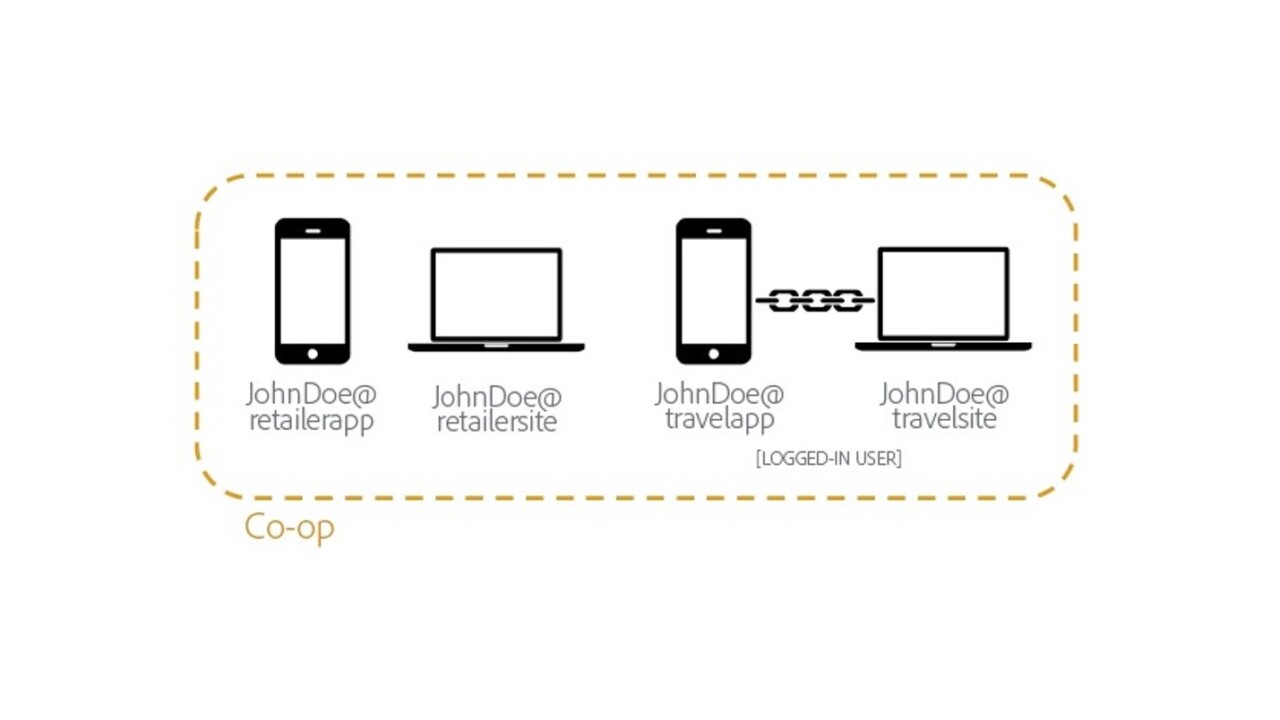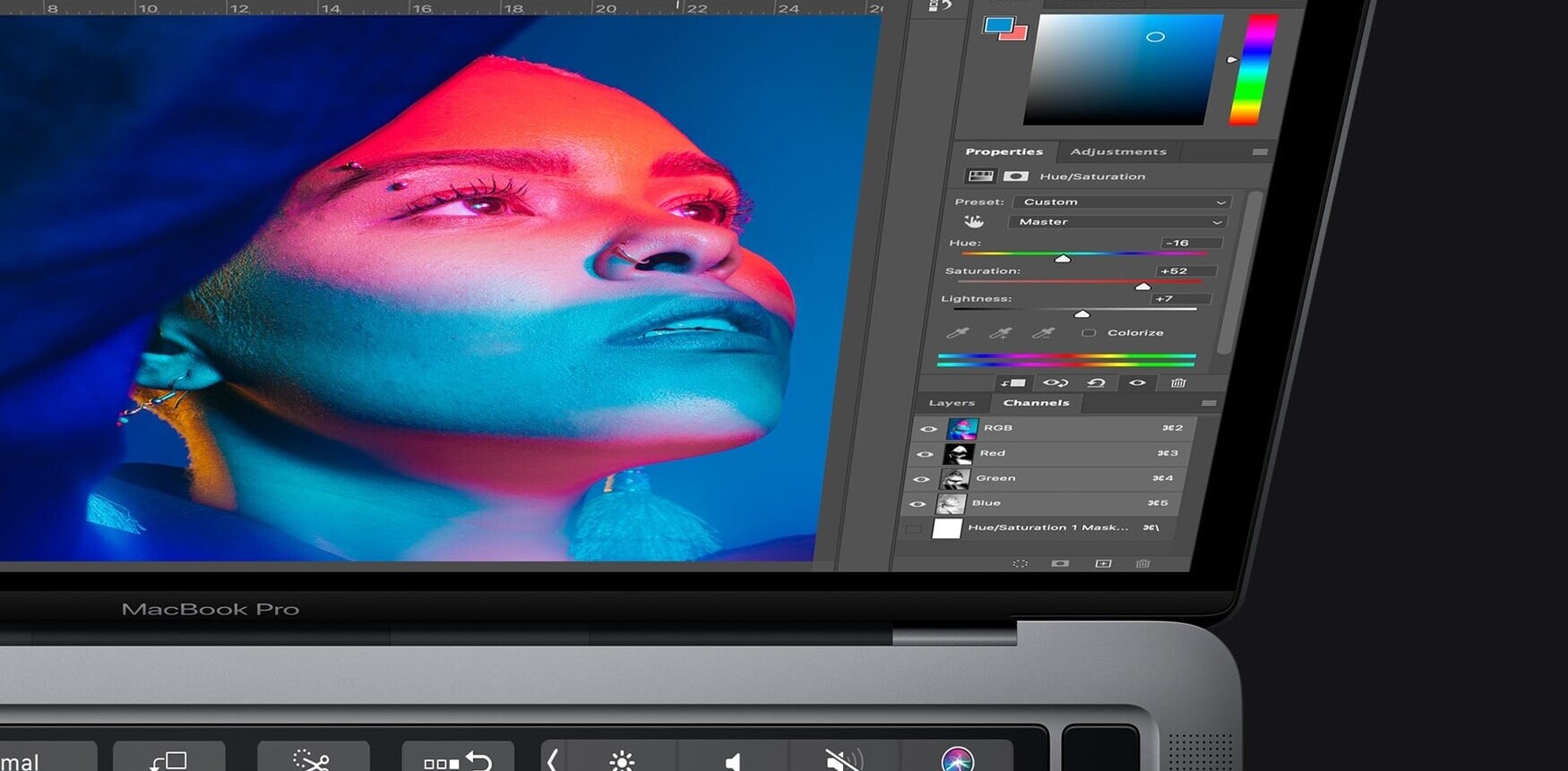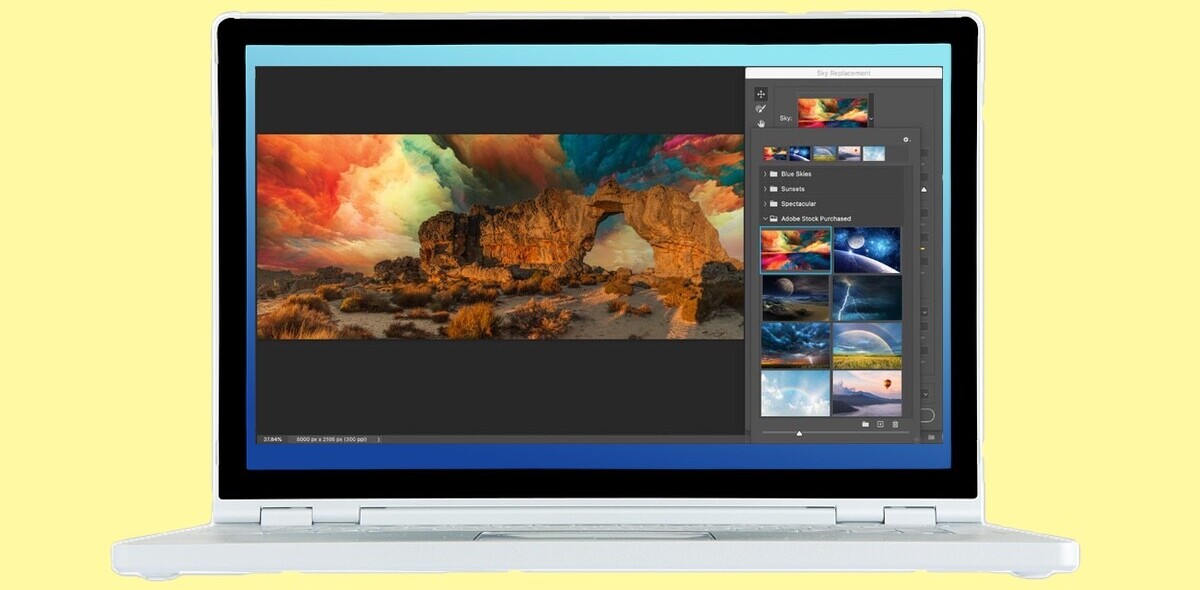
Adobe has a smart new way of letting advertisers market to consumers, and it just might work out for everyone involved.
With what they call the Device Co-op, Adobe is making the ads you see about you, not how many devices you own. When brands join the co-op, it allows those companies to see which devices you’re using so you don’t get multiple impressions.
Adobe thinks the current methods for gauging how to reach users has failed because it’s not about people. Rather than using cookies and sessions — which advertisers count as impressions — Adobe is targeting people.
Here’s how it works: if you visit a Co-op travel website on your iPhone, then book a car rental on the same website using your tablet, it would count you as one person instead of two visits. You stand to avoid seeing the same pop-up on your tablet that you dismissed on your phone.
Similarly, it allows for smarter advertising methods. Because Adobe knows both sessions were you, it would stop suggesting travel ads and may instead recommend day trips or other add-ons.
Co-op members give Adobe access to cryptographically hashed login IDs and HTTP header data to protect your identity. Adobe processes data to create clusters of devices; it knows you logged into the site in the same vicinity, so it assumes both devices are yours.
The benefit to users is clear: less advertising. For brands, it lets them compete with larger advertisers like Google or Facebook using the power of Adobe (all without annoying customers).
Adobe says that it can potentially link up to 1.2 billion devices with the Co-op.
While a bit of out-of-the-box thinking never hurt, this is particularly interesting. Rather than continue to bombard us with ads and hope we submit at some point, Adobe would rather sacrifice old thinking for new methods.
Get the TNW newsletter
Get the most important tech news in your inbox each week.





